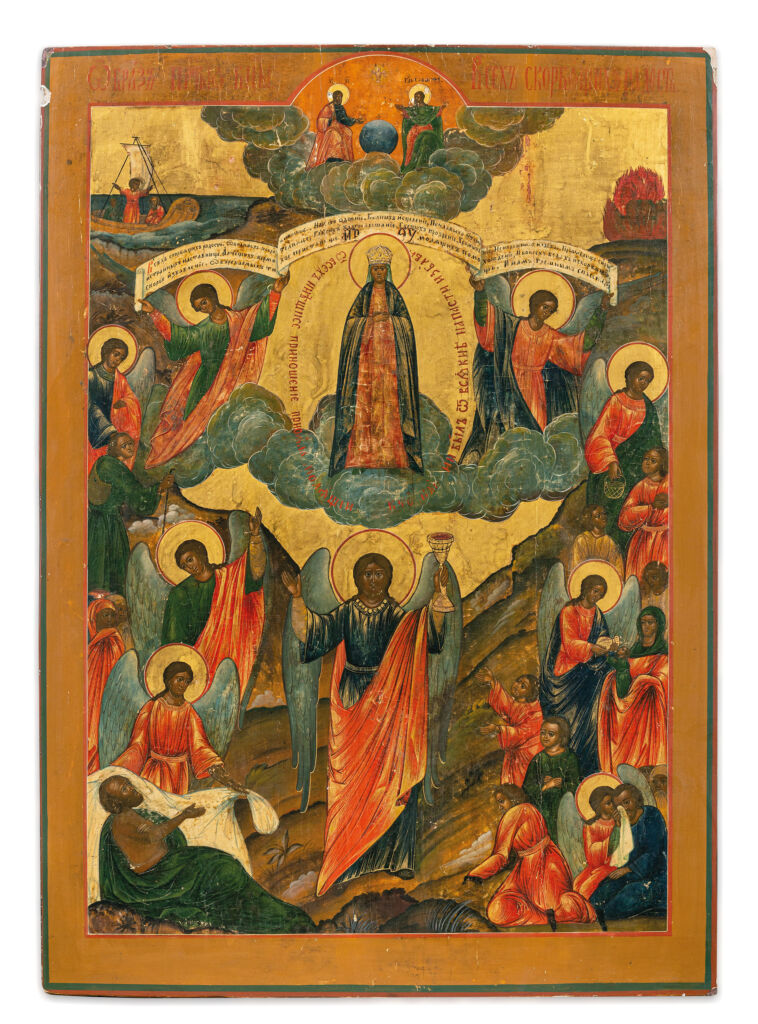A week devoted to Russian icons
Iconographic art developed in Russia from Constantinople, so much so that the first Greek-Russian ateliers were already active in Kiev between the 10th and 11th centuries. The icon became very important in Russia and became an indispensable tool for the prayers of the faithful. Due to the Mongol invasions and the fall of Constantinople,Russian iconic art became untied from the Byzantine world and became independent. In many cases Russian art turns out to be highly original and an expression of different pictorial manners elaborated in artistic centers such as Kiev, Vladimir, Novgorod, and Pskov.
More generally, the 15th century is considered the golden century of Russian painting: from Theophanes in the Moscow Kremlin to Andrej Rublëv, spokesman for St. Sergius of Radonež. In later centuries we can see how Russian painters tried to enrich Byzantine iconographic themes with additional details or secondary scenes to bring them even closer to popular devotion.

Tempera su tavola; restauri e mancanze
cm 86,5×62
The tradition of sacred icons
The tradition of sacred icons has such deep roots that no Christian can resist such fascination. In this collection that Telearte offers you will find various figures of saints, various sizes, various shapes.
The collection will be hesitated during broadcasts throughout the week trying to offer the bulk of the more than 200 works available.






